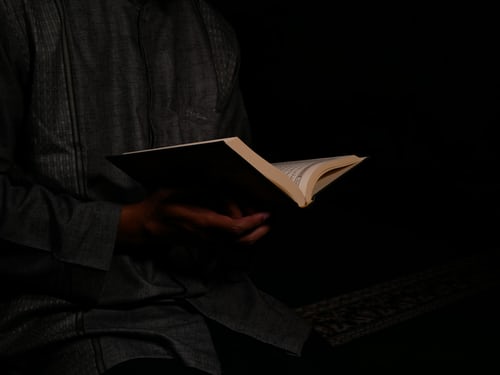Inspiring Young Readers
 posted on 08 Apr 2019
posted on 08 Apr 2019
High Street by Eric Ravilious and JM Richards
Seventy-one years ago this year, Country Life Books published High Street, a book about high street shops with a text by JM Richards and twenty-four lithographic plates by Eric Ravilious. It began life as a project proposed to the Curwen Press but this didn’t work out. Shortly after Country Life published the book Ravilious’s exquisite lithographic plates were destroyed during the Blitz. As only 2,000 copies were ever printed, the book went on to become an extremely valuable collector’s item.
Thankfully, it was reissued in a remarkably beautiful facsimile edition by the V&A in 2012. High Street has been covered before on Letterpress (HERE) in a piece which mainly considered why such a relatively obscure book should achieve such cult status amongst collectors. In this piece I want to look at what makes this curious little book such a pleasure.
1n the late-1930s, partly as a reaction against the clinical, unornamented forms of modernism, interest was being rekindled amongst artists in the vernacular architecture, design and lettering of shops, fun fairs, circuses and other popular forms of late-Victoriana. There was a nostalgia for these small traders and the opulent independent stores of London and English market towns precisely as they were beginning to disappear, shunted aside by chain stores, multiples and a modern conception of how efficient retailing should be organised.
The underpinning historical idea behind High Street is that the era of retailer-manufacturers – the essentially nineteenth century model of shop-keepers selling products that they themselves had made as opposed to having bought-in from wholesalers established as new intermediaries in the supply-chain – is about to disappear. But don’t let this put you off. The book was originally conceived as a children’s title and JM Richards’ text is as light and effortless as one could wish for. But it also has a sly humour as well as a genuine, lightly-worn learning. Richards was an architectural writer and historian of considerable repute, having edited the Architectural Review from 1937 to 1971. Interestingly, he was also married twice, and both wives were artists. His first wife was the formidably talented and bohemian Peggy Angus, a designer and artist whose work included wallpapers, fabrics, tiles and ceramics. The rudimentary rural cottage she rented on the Sussex Downs, Furlongs, appears in several of Ravilious’s watercolours of the period (such as ‘Tea at Furlongs’, pictured). His second wife was the artist Kathleen ‘Kit’ Lewis, now a somewhat overlooked figure. Her work – from what little I have seen of it – seems to explore dream-like states of myth and antiquity that border on abstraction.
But the profoundest pleasures offered by this book lie in Ravilious’s joyful illustrations – and it is here that the book, despite its apparently simple premise, takes on a certain degree of aesthetic complexity. For the illustrations, as well as being steeped in nostalgia for a high street doomed to disappear, also have an undeniably theatrical and dream-like quality. While these shops did actually exist – Ravilious spent a year tracking down examples that most intrigued him – their strangeness and extravagance and their unlikely juxtaposition also have more than a hint of Surrealism. Most of all, they resemble stage ‘flats’ for the theatre, a resemblance intensified by Ravilious’s flat style, the reduction of many of the attendant figures to that of almost faceless mannequins, and the deeply saturated colours of the superb lithographic prints.
Ravilious was to labour long and hard over these plates. Plates for each of the four colour separations had to be individually drawn, but the advantages of this are prints of rare complexity, depth of colour and texture. The browns and golds and teals and yellows, the ochres and drab olives and the almost black greens sing on the pages as if freshly drawn from Ravilious’s plates.
Anyone who is already an admirer of Ravilious will enjoy this beautifully produced book. But it will also interest anyone keen on British art and design of the inter-war years, and especially of the group of artists who went on to play prominent roles in the Festival of Britain (JM Richards was one of its architects) and mid-century arts and modernism. There is also a short but extremely informative afterword by Gill Saunders which sets Ravilious’s work of this period in its wider context. Every page is a delight.
Alun Severn
April 2019
Eric Ravilious elsewhere on Letterpress:
High Street – What makes a book a cult object and expensively collectible?
Eric Ravilious – the Mainstone Press Ravilious in Pictures series